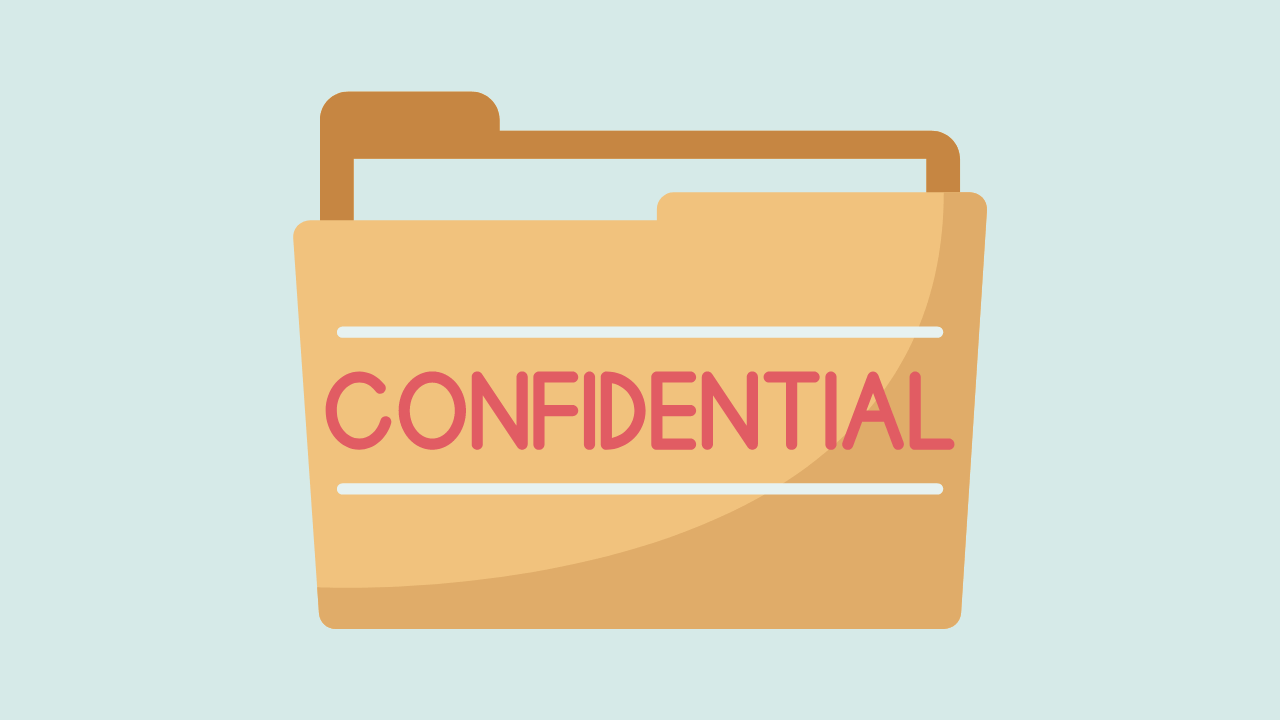The increasing volume of sensitive information being exchanged between businesses, their clients, and employees underscores the rising need for secure document collaboration. Organizations must deeply understand their existing security measures and potential enhancements to guarantee optimal protection for this confidential data. This article will delve into the core principles of secure document collaboration and safe data sharing, focusing on preserving confidentiality.
Numerous measures can be implemented to safeguard documents shared collaboratively, ranging from encryption technologies to meticulous role definition. We will explore the reasons why data privacy should be a paramount concern and outline best practices for maintaining confidentiality during secure document sharing.
Why Data Privacy Matters: Secure Document Collaboration
Data privacy revolves around safeguarding data from unauthorized access. With businesses increasingly leveraging digital platforms to store their information, ensuring the security of confidential data has become paramount for organizations.
Data privacy regulations like GDPR have emerged to protect customers’ personal information while ensuring that companies adhere to legal requirements when handling such data.
When it comes to data security, various types of data can be targeted. Financial details like credit card numbers and bank account information are particularly attractive targets. Other sensitive data, including passwords, social security numbers, medical records, and private emails, are also vulnerable without proper protection.
Moreover, many companies possess confidential customer or company documents that, if accessed by unauthorized individuals, could severely harm the organization. Therefore, it is crucial for organizations to implement measures that ensure their data is secure and safeguarded against theft.
Essential Steps to Achieve Best Practices
Establish policies and procedures
Develop clear policies, procedures, and guidelines outlining how confidential information should be accessed, stored, and used within the organization. All users must understand these security protocols before gaining access to confidential documents.
Well-defined policies enable organizations to safeguard sensitive data from unauthorized access and secure confidential information. This protection extends to both the business and its customers, shielding them from potential fraud or abuse and minimizing the risk of negligent data breaches.
Educate Employees: Secure Document Collaboration
Educate employees about the significance of data security and provide guidance on safeguarding confidential information from unauthorized use. This article aims to demystify secure document collaboration and safe data sharing, emphasizing confidentiality.
Provide resources on topics like password protection, encryption technologies, and secure document sharing tools. Utilize a diverse range of techniques and tools, such as interactive workshops, webinars, online quizzes, and educational videos. Reinforce key concepts regularly to ensure employees are well-versed in data security.
Leverage encryption technologies to protect data both in transit and at rest. Encrypting data ensures that even if intercepted, it remains unreadable without the decryption key. Without encryption, data becomes susceptible to fraud and theft, as hackers can easily access it.
Furthermore, encrypting sensitive data ensures compliance with regulations imposed by government agencies or private companies that mandate the secure storage and transmission of confidential information.
Encryption technologies also provide a vital extra layer of security for confidential information stored online, such as bank account numbers, social security numbers, medical records, and credit card transactions, adding an extra layer of protection against data theft.
Authenticate and authorize users
Implement authentication and authorization mechanisms to ensure every user is verified before accessing files or folders containing confidential information. Assign user roles to guarantee each user has appropriate access privileges. This ensures only authorized personnel can access the specific documents they require.
Authentication and authorization provide an additional layer of security, safeguarding sensitive data from unauthorized viewing or modification. This also helps maintain the integrity of the data within these files and folders, promoting safe data sharing.
Record and monitor access to sensitive data: Secure document collaboration
To track document access, organizations should consider employing an access logging system. This system allows for monitoring who accessed what data, what type of access was granted, and when it occurred.
By adhering to these best practices, organizations can effectively protect their confidential information and maintain confidentiality during document collaboration.
Conclusion
To safeguard confidential information during document collaboration, organizations should implement measures such as establishing comprehensive policies and procedures, utilizing encryption technologies, implementing robust authentication and authorization systems, meticulously logging access data, and assigning appropriate user roles.
By adopting these best practices, companies can guarantee their data remains secure while facilitating seamless document sharing.
